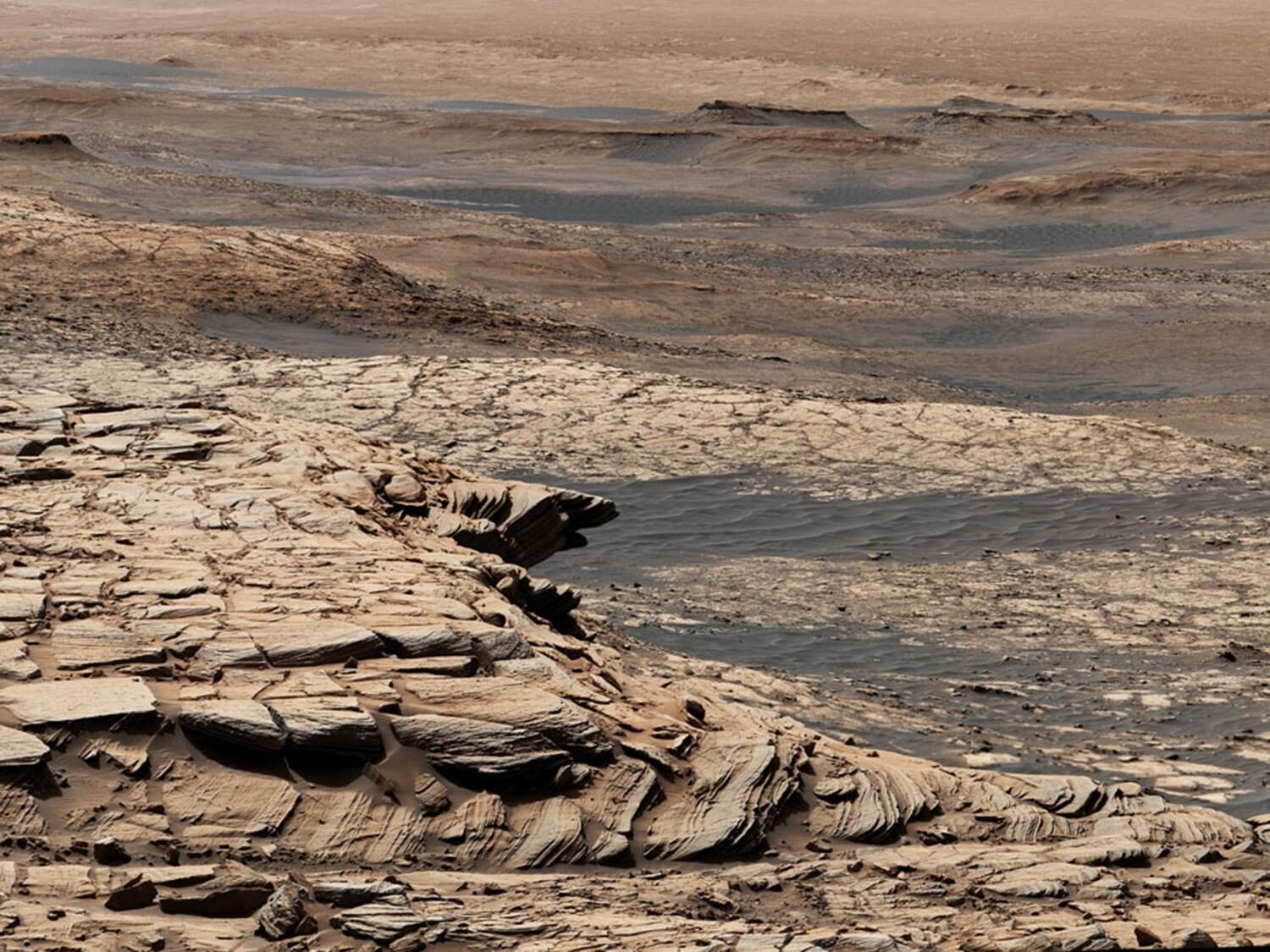
© NASA/JPL-Caltech/MSSS. All Rights Reserved.Stitched together from 28 images, this view from NASA's Curiosity Mars rover was captured after the rover ascended the steep slope of a geologic feature called "Greenheugh Pediment." In the distance at the top of the image is the floor of Gale Crater, which is near a region called Aeolis Dorsa that researchers believe was once a massive ocean.
UNIVERSITY PARK, Pa. — A recently released set of topography maps provides
new evidence for an ancient northern ocean on Mars. The maps offer the strongest case yet that the planet once experienced sea-level rise consistent with an extended warm and wet climate, not the harsh, frozen landscape that exists today.
"What immediately comes to mind as one the most significant points here is that the existence of an ocean of this size means a higher potential for life," said Benjamin Cardenas, assistant professor of geosciences at Penn State and lead author on the study recently published in
the Journal of Geophysical Research: Planets. "It also tells us about the ancient climate and its evolution.
Based on these findings, we know there had to have been a period when it was warm enough and the atmosphere was thick enough to support this much liquid water at one time."There has long been debate in the scientific community about whether Mars had an ocean in its low-elevation northern hemisphere, Cardenas explained. Using topography data, the research team was able to show definitive evidence of
a roughly 3.5-billion-year-old shoreline with substantial sedimentary accumulation, at least 900 meters thick, that covered hundreds of thousands of square kilometers.
"The big, novel thing that we did in this paper was think about Mars in terms of its stratigraphy and its sedimentary record," Cardenas said. "On Earth, we chart the history of waterways by looking at sediment that is deposited over time. We call that stratigraphy, the idea that water transports sediment and you can measure the changes on Earth by understanding the way that sediment piles up. That's what we've done here — but it's Mars."



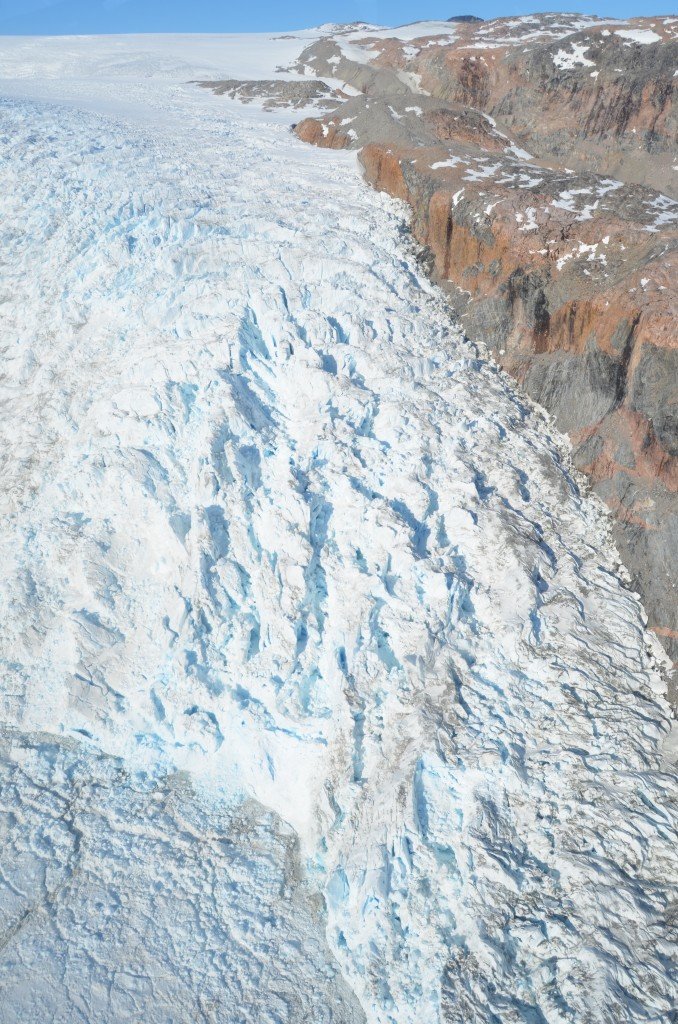
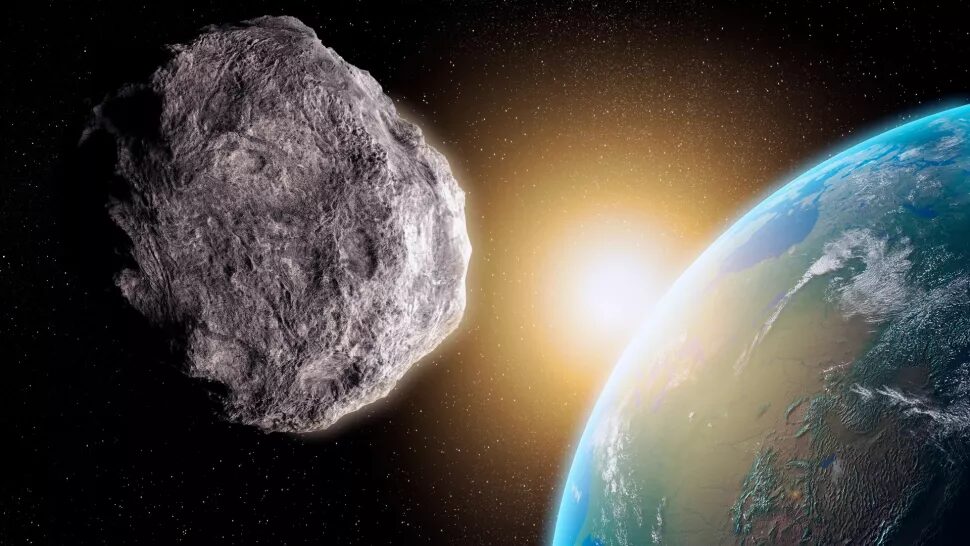
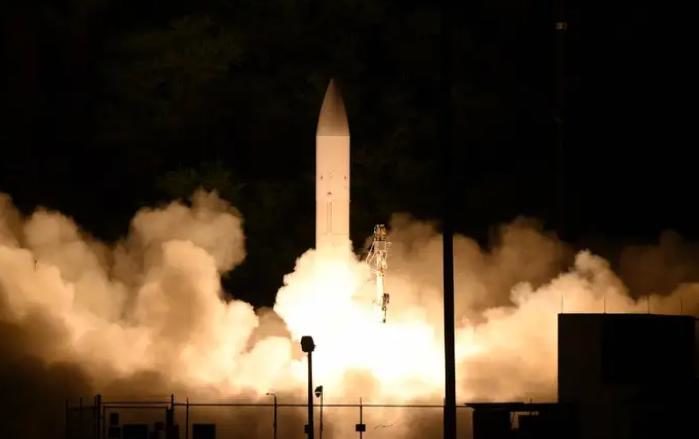


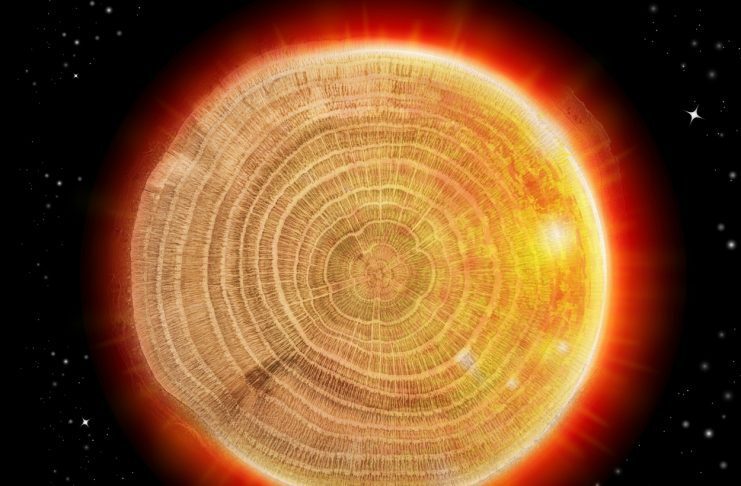

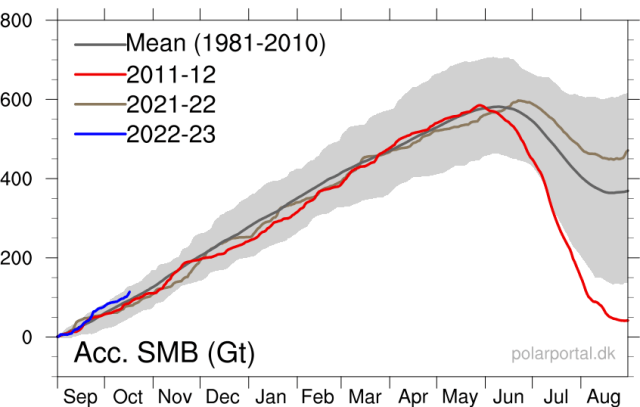




Comment: The old idea of "virus as pathogen" is now outdated, and the symbiotic relationship between humans and viruses appears to be complex and highly nuanced: